Leaderboard
Popular Content
Showing content with the highest reputation on 03/18/24 in all areas
-
Hello all, just to give you a final conclusion to this topic: I got myself a new hour wheel and changed it without servicing the whole watch. Unfortunately, this problem persisted and I assumed that maybe some debris from the damaged hour wheel continued to cause issues. So I did a full service. Now it runs perfectly. Quite impressively actually: average of 0sec/day across 5 positions at full wind AND after 24h -- with a delta of only 4seconds). Thanks everyone for helping me pinpoint the problem. My friend is very happy now.3 points
-
3 points
-
I love Yamamoto drills, they are absolutely fantastic. The only supplier I know of is in Switzerland (handy for me), but they will gladly ship anywhere and folks I know who have ordered from other countries have been pleased with the service. Schurch-Asco Yamamoto drills at Schurch2 points
-
Adjusting the hairspring end to look „nice“ makes no sense by itself. More important is the distance stud - center which must be the same on cock and hairspring. You may spoil this by adjusting to „nice“ on the separated balance. Didn‘t you write above that you opened the regulator gap? That can make your issue worse. Frank2 points
-
Try also searching for roller sinks waggy. They often come up on ebay, and come as a staking accessory. Seller descriptions are not always accurate.2 points
-
Haven't posted for a while as I've had family visiting and then sick with a cold . but did manage to work on this Gruen (AS 5203) watch which has really grown on me. It also has a cool escapement setup, and an even stranger keyless works (no sliding pinion!). Picture of pallet fork (stock image): Here is the before shot: Movement with and without automatic works: Here is the dial side showing the complicated keyless works without a sliding pinion Here is a closeup on that pallet fork in the movement: showing only 1 banking pin The image below shows the mechanism where the hands setting wheel is not horizontally brought into position, instead it engages and disengages vertically, rather than use a sliding pinion (stock image): And here is the finished watch with its new strap and crystal (original was cracked):2 points
-
welcome, find an old American pocket watch or a UT 6497 or ST36 to start with, they are larger and easier for most and parts can be obtained, or work on what you have...1 point
-
Mike, You mean like this, A routine approach for truing the spiral , this is alright as long as spiral remains concentric, as you do the rest of making a balance complete. Some coils have a bend at terminal curves end, some don't , you ought to be careful that every point on the coil must lie concenrtic and collet centered over the jewel hole. Nothing wrong with removing the old spring to form as above.1 point
-
Photos please. If it has mechanical components, then a service will help preserve it.1 point
-
But sometimes you do need to remove the hairspring to make sure the collet sits directly over the jewel hole. I remove the hairspring to make sure all the coils are concentric, the collet is centred, the spring is flat, and the stud perpendicular. (True, you can do these with the spring still on the balance, but not the next step). Then mount in on the cock to check the terminal curve, and move the collet over the jewel hole. And check that it's sitting flat and parallel. Then I put it back on the balance, and any final tweaks made with it back in the movement.1 point
-
Hi Rich, Just noticed my advice is only four months late. Thats not bad, considering my speed. Jstin probably is wearing his watch by now. Rgds1 point
-
1 point
-
this is one of my objections to removing the balance wheel from the watch sometimes removing the hairspring from the balance wheel. As the problem with the balance wheel and hairspring is in the watch not out of the watch. Oftentimes out of the watch when the balances on the bridge for instance it might lean in one direction and change its position it may look wonderful but not necessarily in the watch. Or one of the images had the hairspring centered between the regulator pins out of the watch and I was wondering what it looks like inside the watch?. remember the balance wheel and hairspring is giving you problems possibly inside the watch you make the adjustments if you have to outside but you still have to verify in the watch things look right.1 point
-
This is a very interesting topic, very good to see and read. You do seem to have about a 4.5 minutes periodicity in your reading and within this period you also have a pattern. Did you have the same reading without the motion work and lubrication, i assume you didn't check that? Are the plate screws tight enough? I am just messing with watches like you, not like some of the ppl who already commented on this so not sure if anything i have here added anything useful.1 point
-
Thank you Joe, you got it! What I meant: you can adjust the terminal curve to look perfekt concentric, but you will alter the distance of the stud from the collet center. Back in the watch/cock this may distort the hairspring. Maybe this ugly terminal curve gives the correct distance. Frank1 point
-
That is what I did. However, you must flip it. Also you need to find a washer that interfaces to the center race so that the puller pulls on the washer and not the outer race. I ruined my first attempt because I had the puller grabbing the outer race.1 point
-
This is what I understand from Franks statement. What matter is: the concentricty of spiral ( near the stud inclusive ) when balance complete is installed in the movement and adjusted. A spiral that look perfect when out of the watch, often needs adjustment when installed in the movement. VWatchie, Sort out the mess thats near the stud, install and adjust the spiral for total concentricity. Rgds1 point
-
The escapement design is still swiss lever, it just has a different banking design to what we usually see, there may be a patent serial no. somewhere on the movement. I restored a buser a while back that had the banking as part of the lever cock shape. English lever the escape wheel teeth geometry is very different.1 point
-
1 point
-
Thank you for your introduction and welcome to this friendly forum. We all look forward to your contributions and continued involvement. This should come in handy. 704789946_TZIllustratedGlossary(2).pdf1 point
-
If you're referring to the shape of the pallet fork then no. It's the shape of the escape wheel teeth and the impulse planes that differentiate between Swiss and English lever escapements.1 point
-
1 point
-
Not sure, it seems to be along those lines.... something is nagging in the back of my minds saying German.... but maybe that's nonsense and just age catching up with me?1 point
-
1 point
-
1 point
-
Voltage on the probes is no constant: it depends on the connected resistor. In fact they output a current, no voltage. Important: voltage across the coil under test must be lower than about 1 V, else the circuit can spoil the result. Therefore special watch testers. The lower the test result compared to full range, the lower the voltage on the resistor/coil under test. If you test a separated coil, no Fluke or other meter can damage your coil. Fran1 point
-
1 point
-
1 point
-
OK, there are different reasons for differences in rate in horizontal versus vertical position. But the main reason which is the base of the all this reasons is decrease in amplitude in vertical versus hiruzontal positions. One of the basic reasons has it's roots in the formula for the real balance-hairspring system own resonant frequency, which is long and complicated formula that shows that free oscillations actually are not isochronic. Here is a page copy from old book for watch regulation theory, which shows different cases of ange beginning/end of the hairspring and the way this angle affects the rate. Well, this is in Russian, but the vertical axis is 'gain/delay' in seconds per day and horizontal axis is the amplitude in degr. So, what is imortant here is that if the hairspring shape is chosen correctly, it will be able to compensate the escapement effect on the rate when low amplitude and thus relatively isochronical work will be acieved. And if the hairspring is simply 'vibrated', with no idea of what angle beginning/end will receive in the end, then easily a difference of entire minute per day in vertical/horizontal positions can be achieved. But, this is the designer's duty. If it is regular balance-hairspring couple from the manufacturer, then such problem would not exist. The most probable reason in You case would be that the hairspring touches something and thus gets shorter when big amplitude. This 'something' well can be the collet, if the hairsprinfg is not centered there. To see if it is the case, we will need picture of the hairspring where the collet is seen. So, remove balance from the cock, put it hairspring up and make a photo of the hairspeing1 point
-
They can work, but you can see how extreme the Levin is in removing the maximum material on the caliper above the spring to allow proper viewing. The Swiss one has more material but works- though it is less handy than the Levin.1 point
-
1 point
-
1 point
-
A basic check one does when checking a hairspring is how well centered and flat it is at the collet. Out of flat is visually quite clear in the watch, out of center is harder to describe, mainly the inner 1/2 of the coils look "jumpy" as the balance oscillates. Adjustment is done with the balance out, hairspring on, in ideally a set of hairspring truing calipers. These permit a better view of the spring, and better access, than regular calipers, though those work as well. Adjustment is done on the first 180 degrees or so of the spring from the collet. The caliper is adjusted so the balance can spin with no play. Just slowly turning the balance, follow the first coil/s of the spring from its exit from the collet, and it should make a nice progressive spiral. If it is out of center, it will seem to spiral out, then cease, then out, or even go back-and-forth sort of. As with everything it takes a bit of practice to figure out where and how much to adjust, but the basic rules of hairspring adjusting still apply. Adjustment in the flat is done 180 degrees from maximum error, in the round, 90 degrees. When checking the flat in the caliper, you have to focus on the first 4-5 coils, as the rest are influenced by the weight of the stud and will naturally look low. When all good, those first few coils will look distinctly flat viewed from the side, and the whole spring will look like one of the optical illusion spirals as the balance slowly spins (viewed from above). The effect on timing from a spring out of true at the collet can vary from almost unnoticeable to rather extreme. I was just working on a new-build, first time on the timing machine. I saw there was a little truing needed at the collet, but ran a cycle anyway. In my case, the verticals were slow compared to the horizontal, with an apparent poise error equaling 60s. I trued it at the collet, and the difference in both h/v and the "poise error" were cut in half. Another reason not to chase dynamic poise if everything isn't as perfect as possible. The effect of centering at the collet is used by good regleurs sometimes by introducing an error. Sometimes you find the verticals just want to run slow, with regulator pins adjusted perfectly etc. Like, perfect poise, but 15s slower than horizontal. Sometimes throwing the centering out at the collet by say half a spring thickness can resolve this. It is pretty much unnoticeable visually. Also, you have to guess which way to "throw it out", haha. A Levin hairspring truing caliper and a Swiss simple caliper that works well too1 point
-
See, the hairspring has a imaginable center. It doesn't exist as some of the spring has been cut to make room for the collet, but even when manufactired, the spring didn't go to it's center. The idea of centering is to adjust the collet position so the collet hole center coincides with the hairspring center. Nothing to do with the spring on the bridge and the collet above the stone. This is done by bending the internal spring coil near the place where it is pinned or attached to the collet. You can imagine the well centered spring as a groove of vinyl record. If the record is centered on the platter, then the arm moves gradually and only to the center when the record plays. If the record has big center hole (45 RPM one) and it is placed not centric on the platter, then the arm constantly moves in/out. Such is the behavior of not centered spring. The centering of the spring to the collet is usually well described in the books where the attaching and pinning the spring to the collet is described. And yes, I mean the spring can touch the collet and this can 'short' the entire internal coil if the spring is not well centered to the collet. Also, not centered to the collet spring brings bad poising to the balance.1 point
-
I believe it is a spacer of sorts, it would keep the case-back say or anything from touching or downward pressure and altering the center wheel pivot and/or the regulator since it is also raised, just protection I guess, I have seen this on old Swiss and American movements...1 point
-
I'd never heard of a linear bumper before this. I love all the weird ways people have come up with to solve these problems.1 point
-
If its solid brass then it will polish, what that looks like is the lacquer that has worn away, So you need to strip the case drop in the tank with an ammonia based cleaner to strip the rest of the lacquer away then polish with brasso and clean again then spray lacquer the case again to keep the shine.1 point
-
1 point
-
1 point
-
1 point
-
There's darn close, and there's exactly the same. I have no interest in defending Bergeon, but for them to say Swiss Made a certain percentage of the work has to be done here. Maybe, could be, they're having stuff made up to a point in China, then finishing here? I can't say for certain. I know the Chinese knock offs of Horia stuff does look very similar, down to the white and green plastic trays for the pushers, but it's not the same, and I bet the guys who run the (quite small) operation in Delemont aren't too happy their stuff is getting copied.1 point


.thumb.jpg.cb17a66989f1e796fd4217db2e9ca9df.jpg)
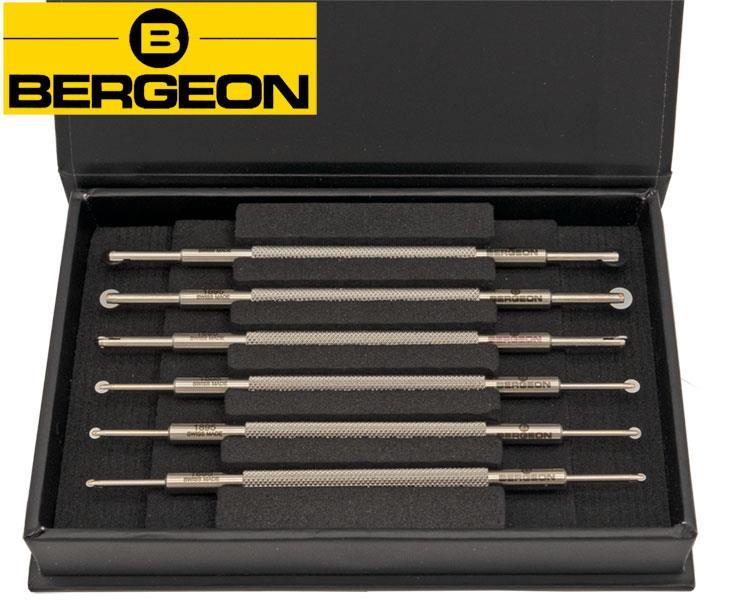

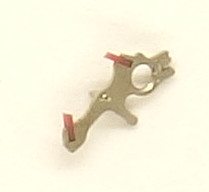
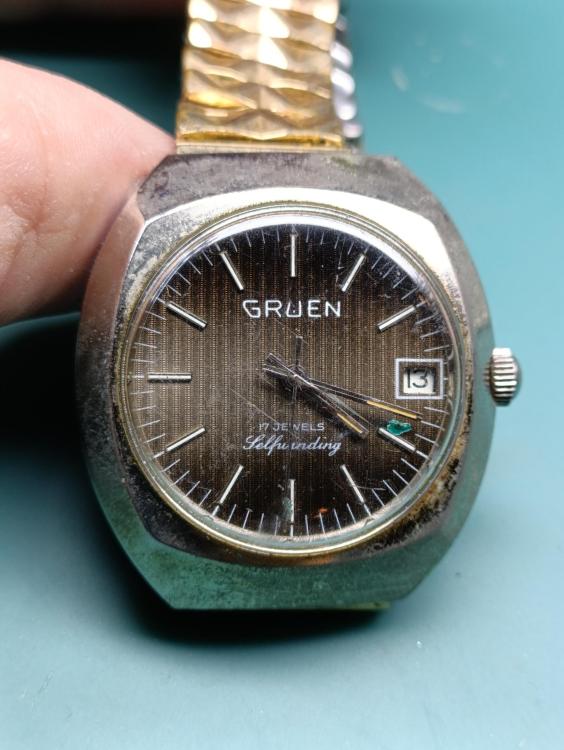
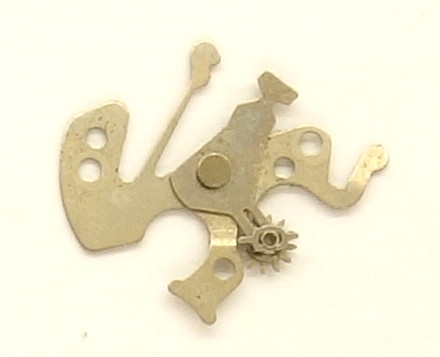
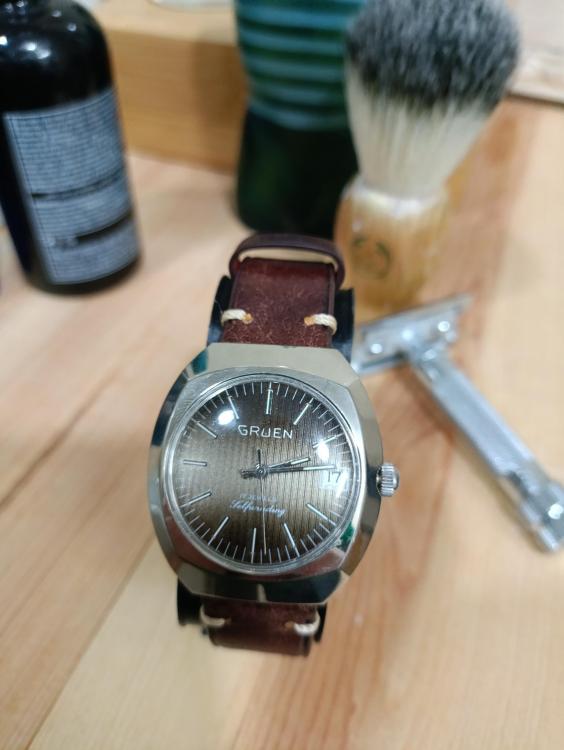



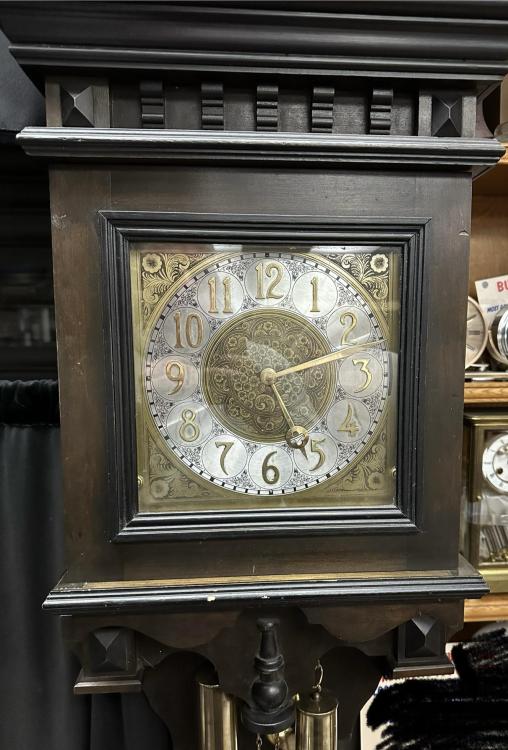
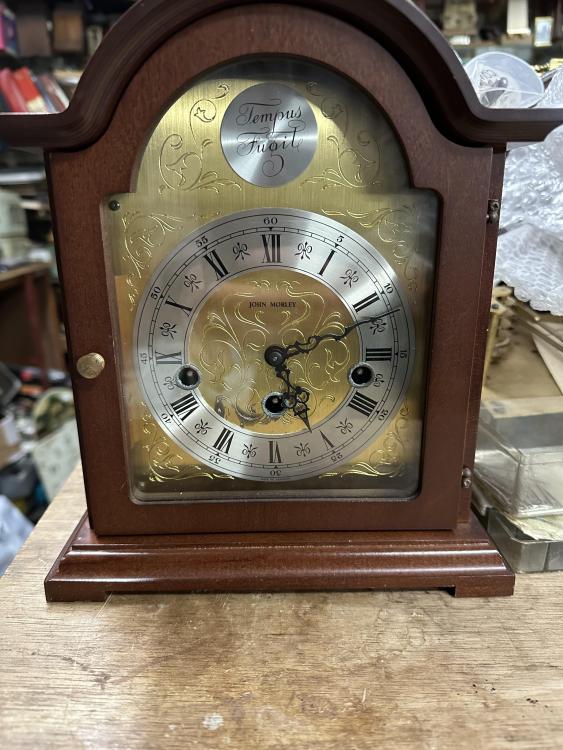
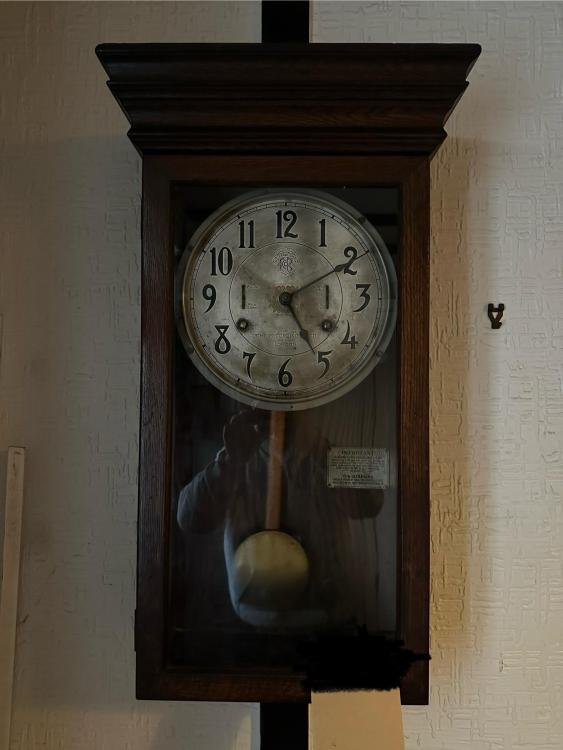
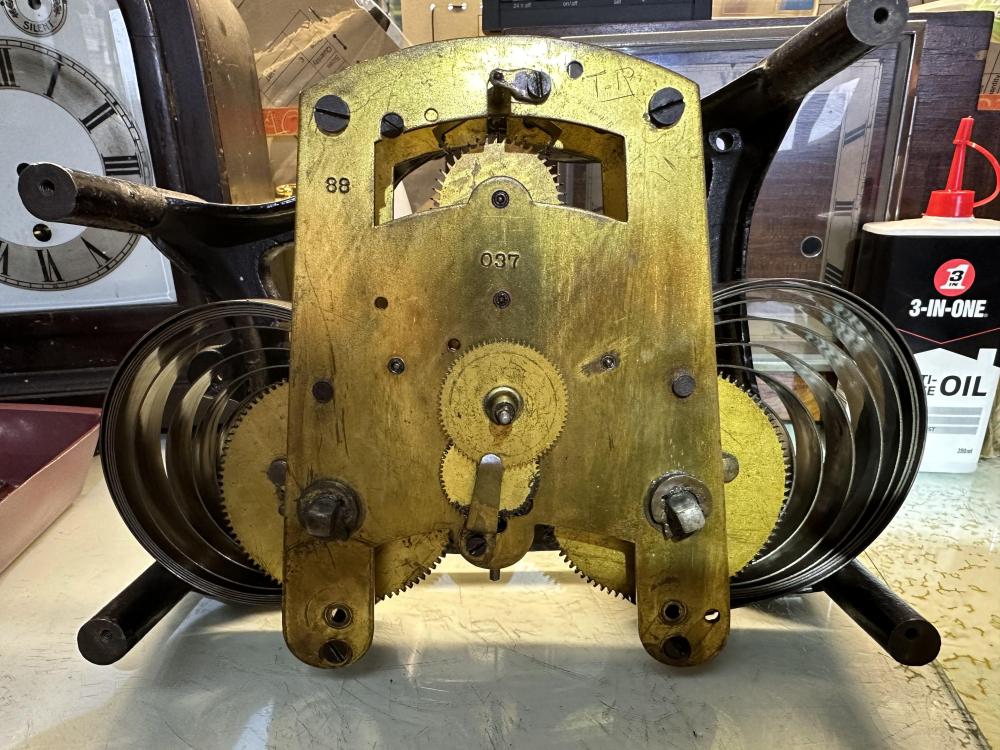
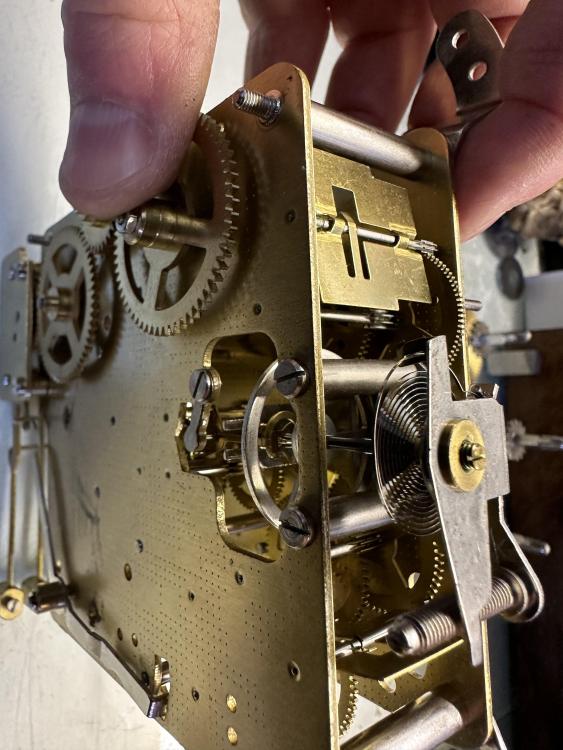
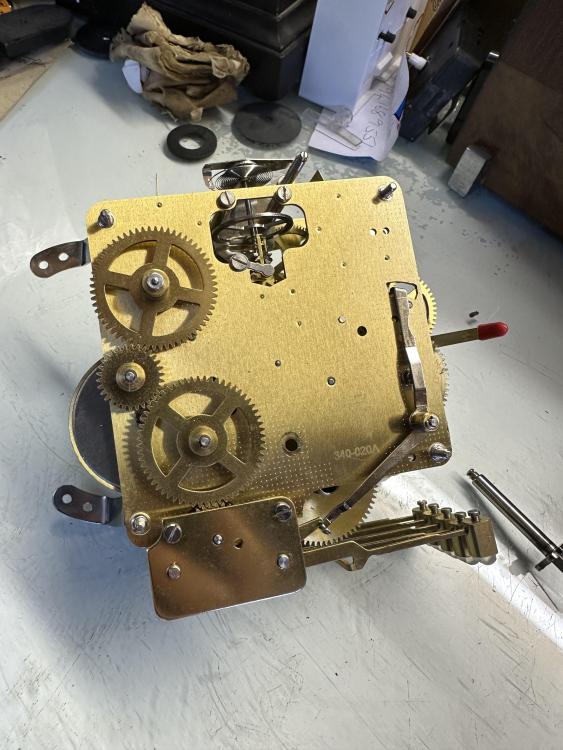
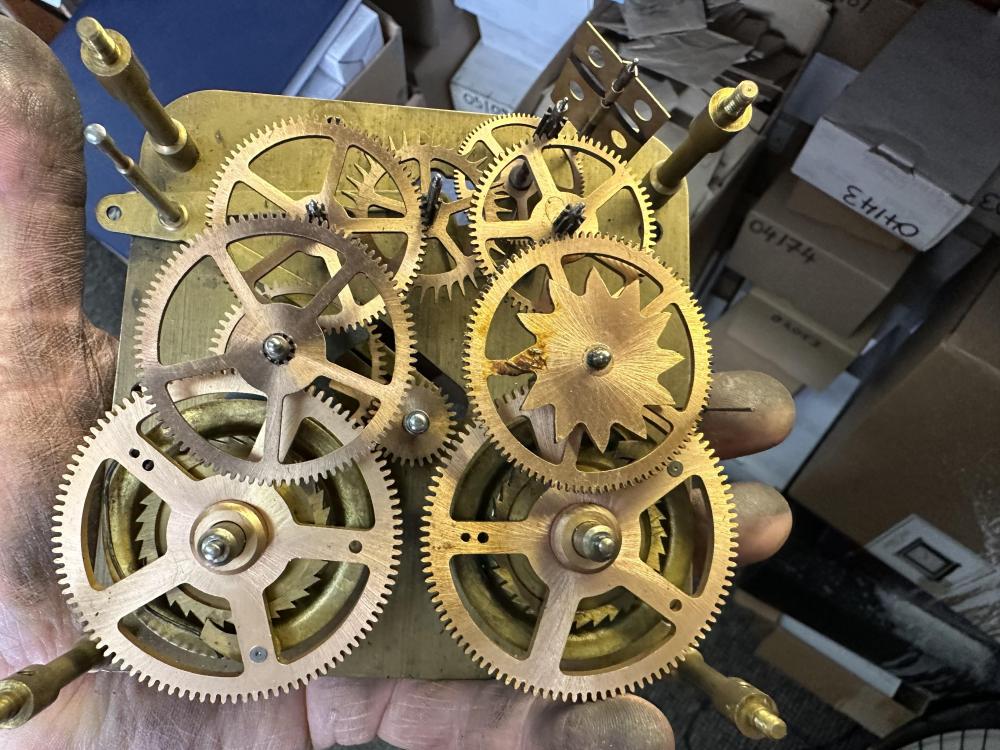
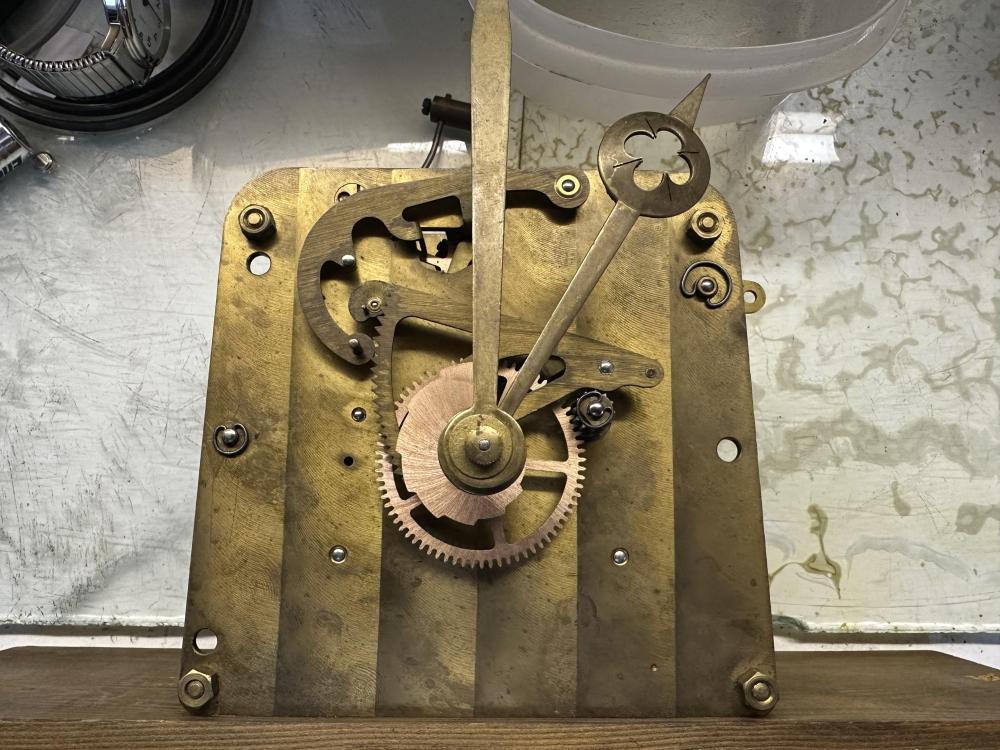





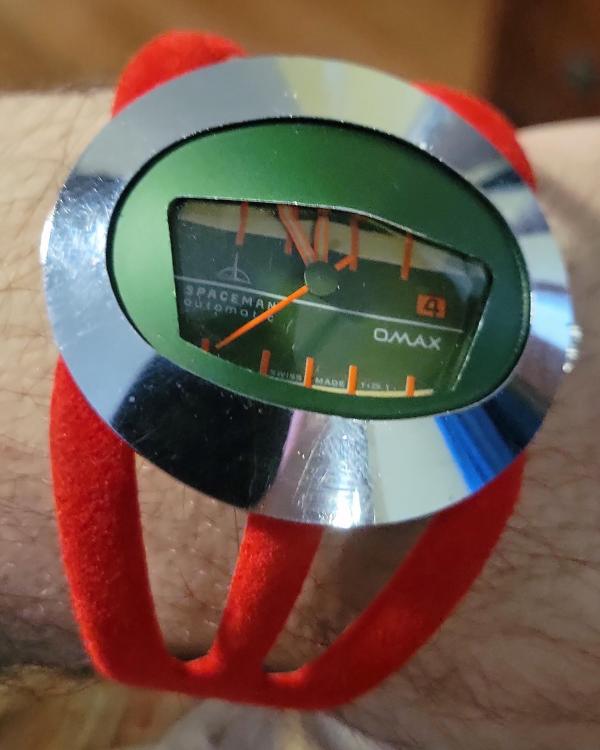
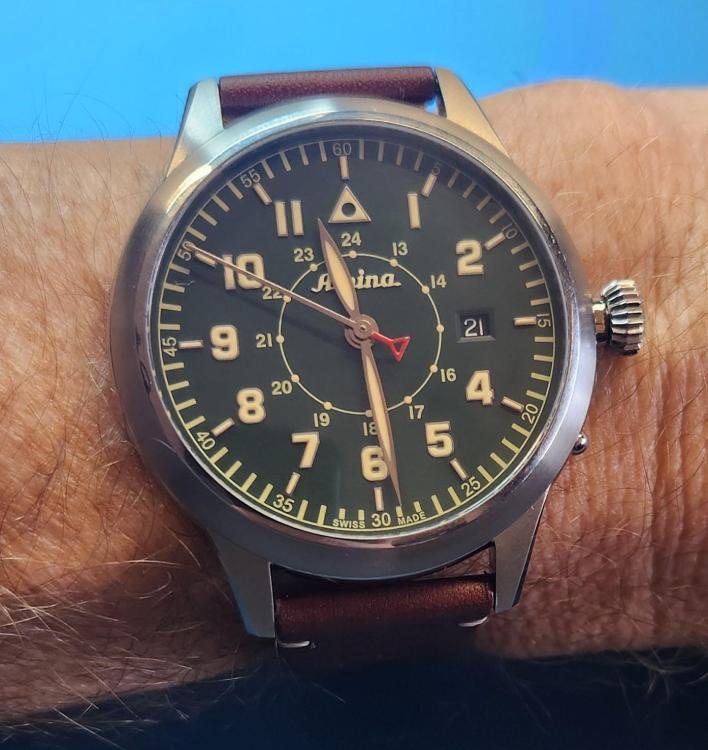
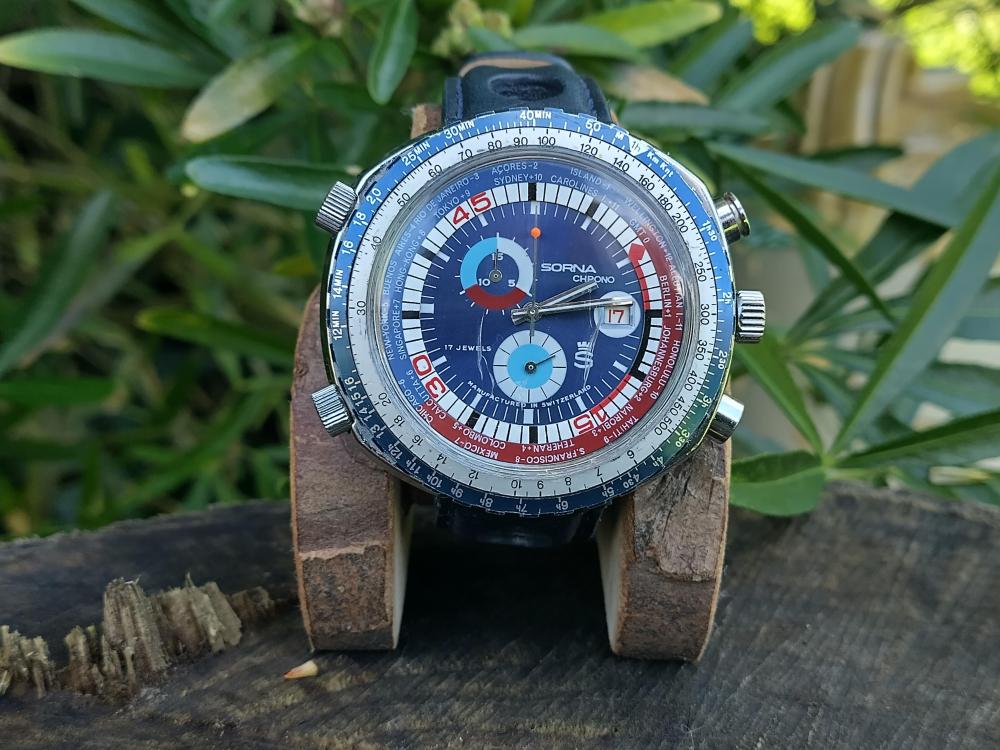
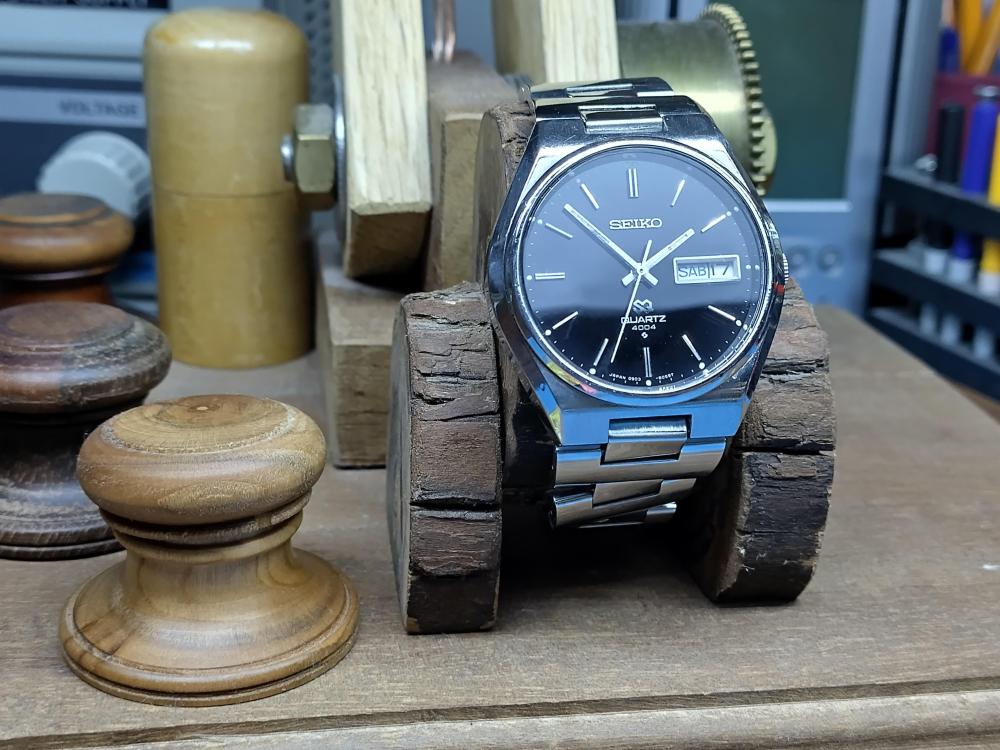
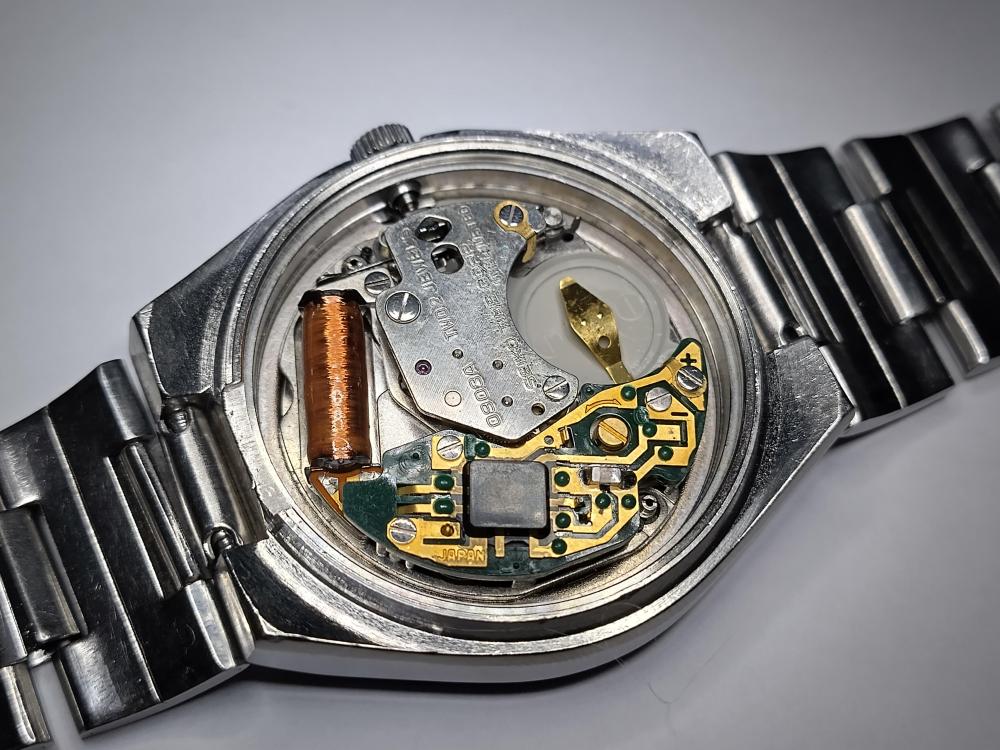
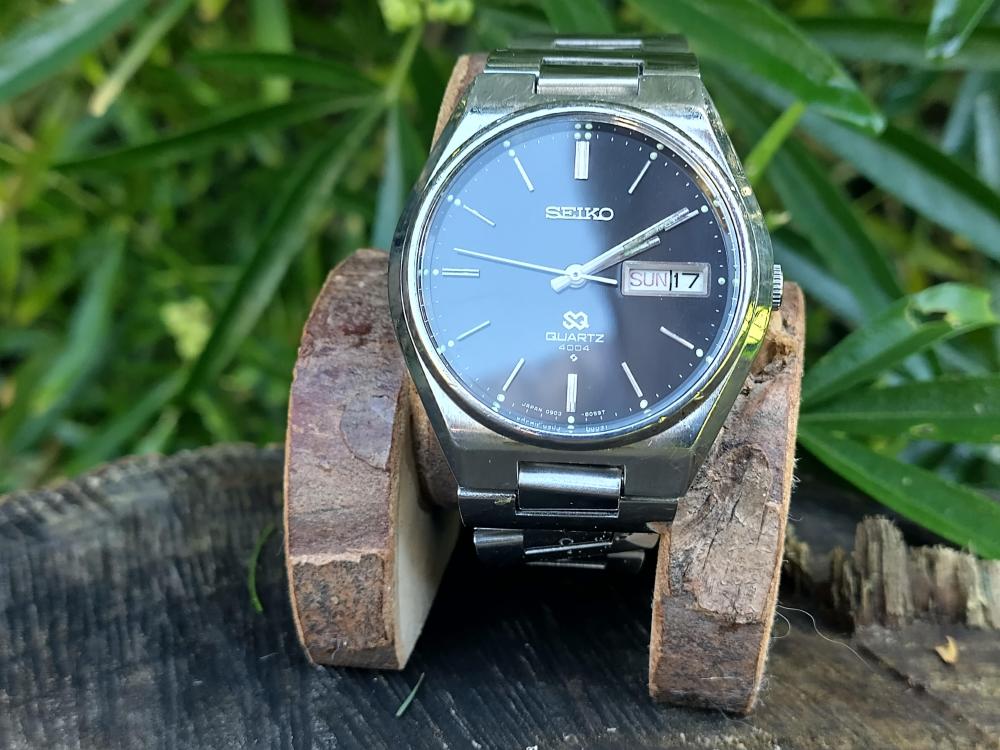
.thumb.jpg.7acd1e8b06daa0db02c422677a95f631.jpg)
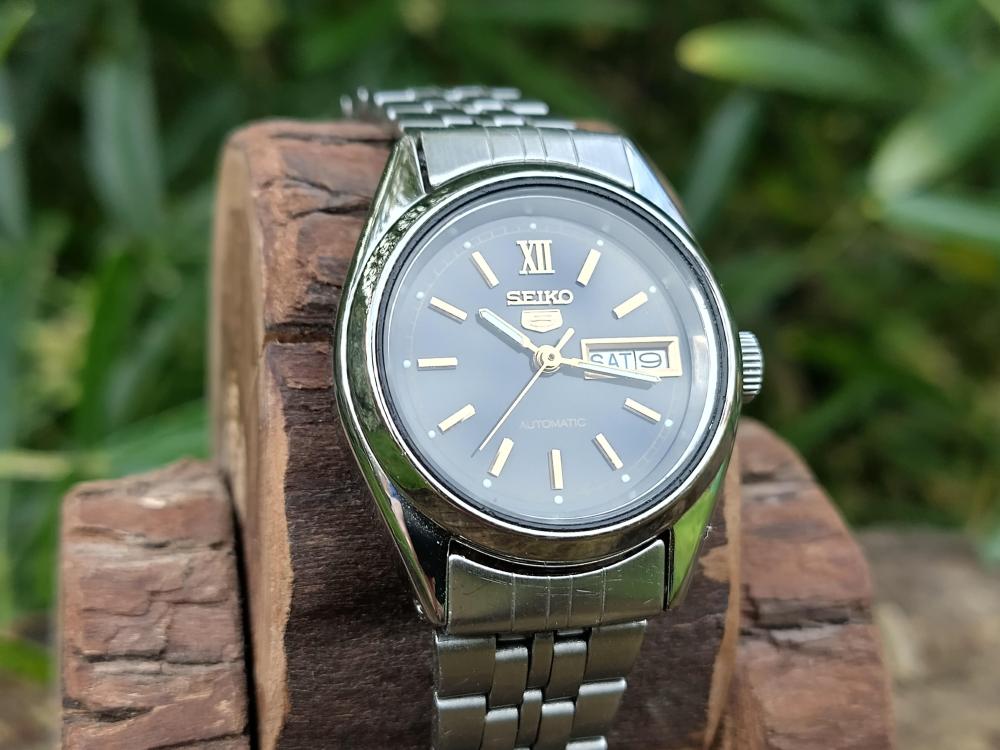
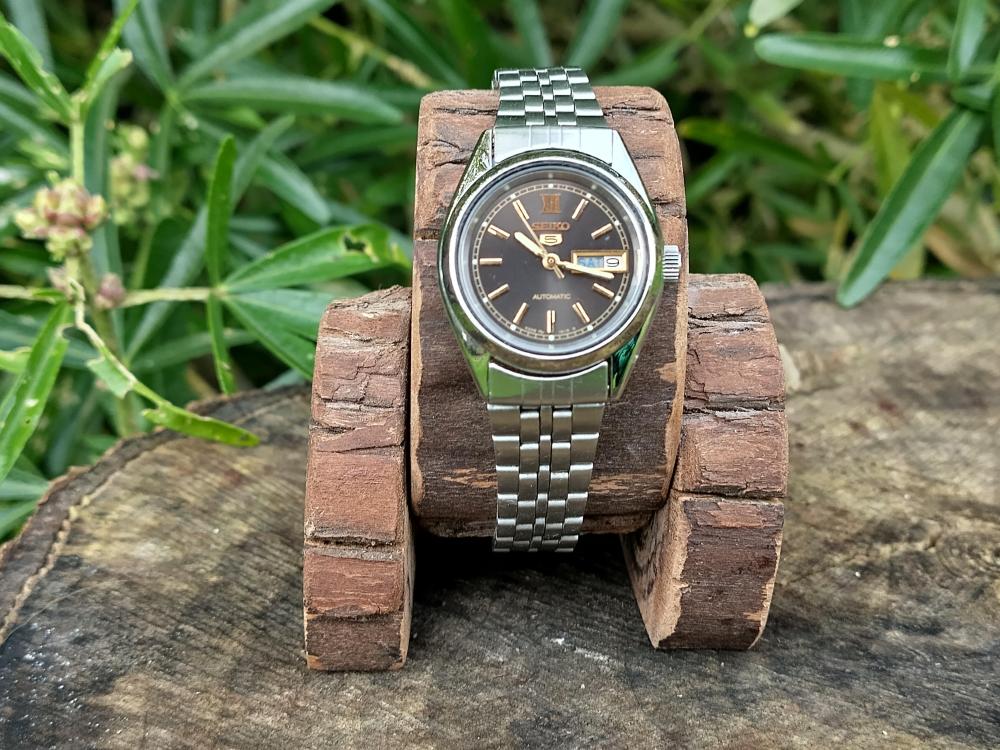
.thumb.jpg.d58675408651f73f93b6f403e6b4c7cd.jpg)
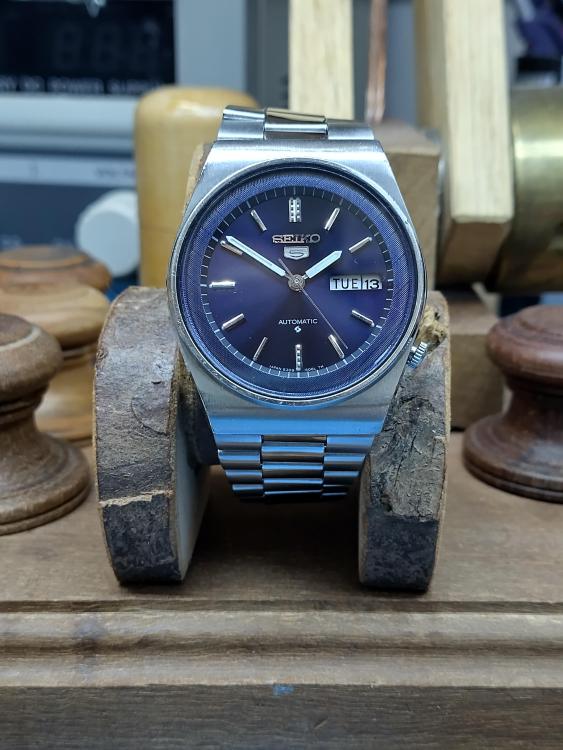

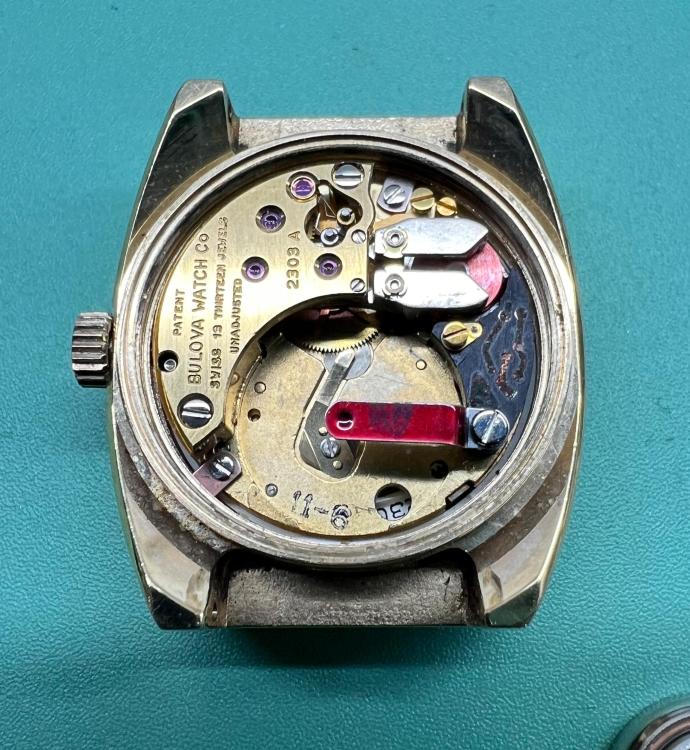
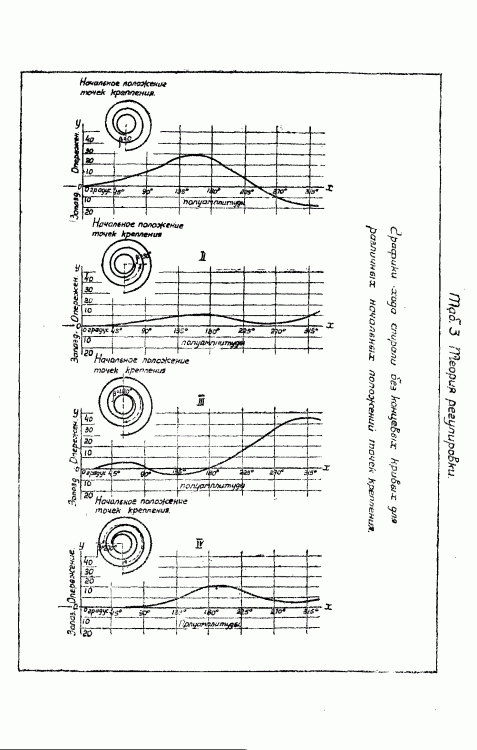
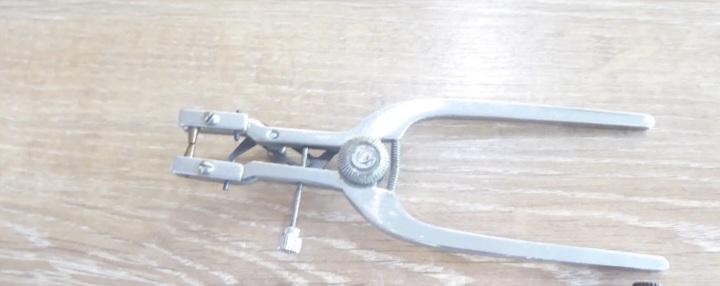
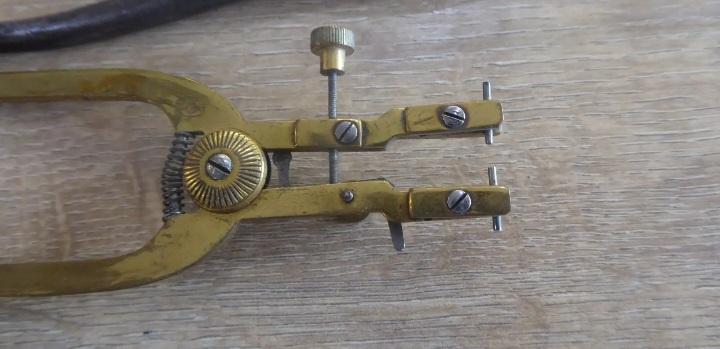
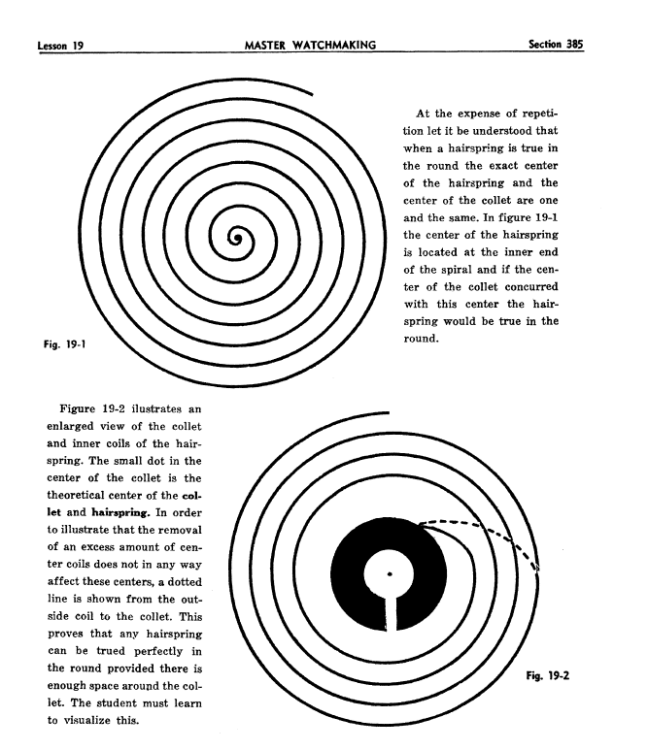
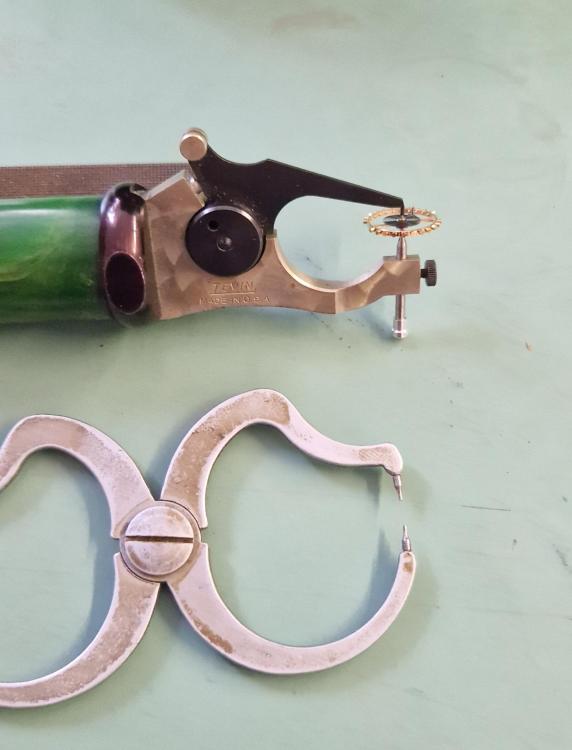
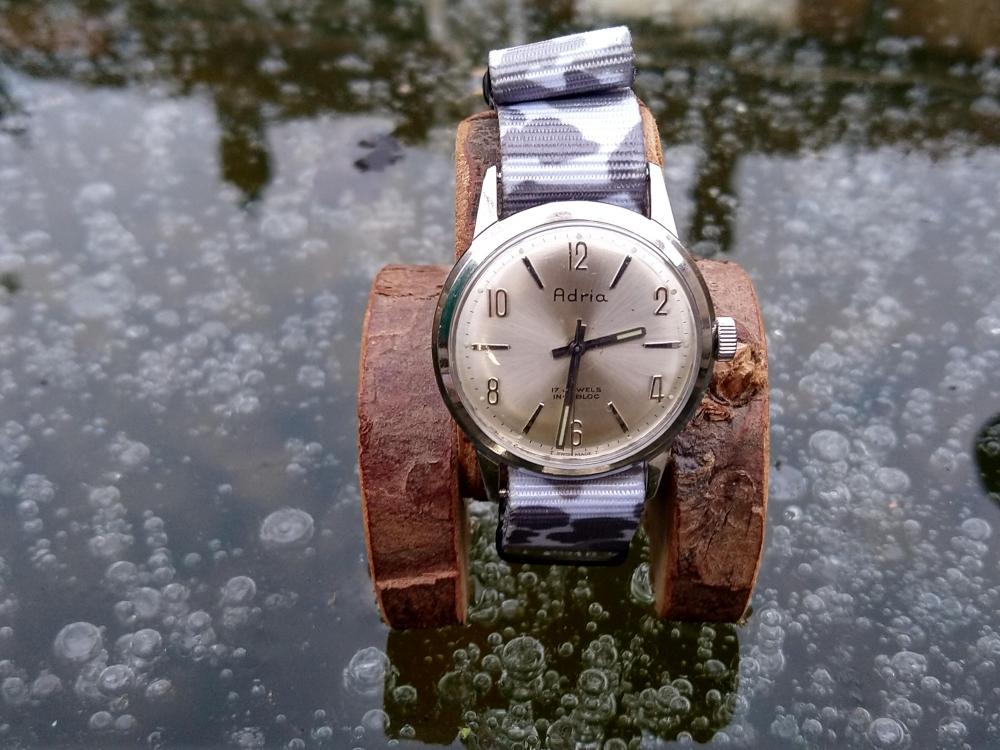
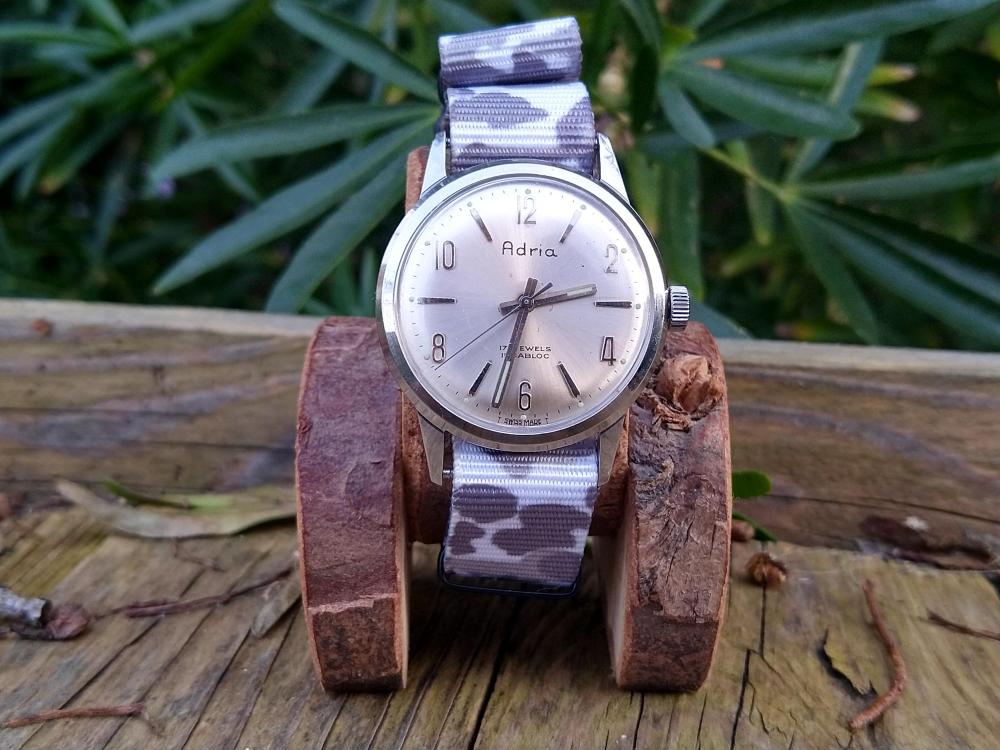
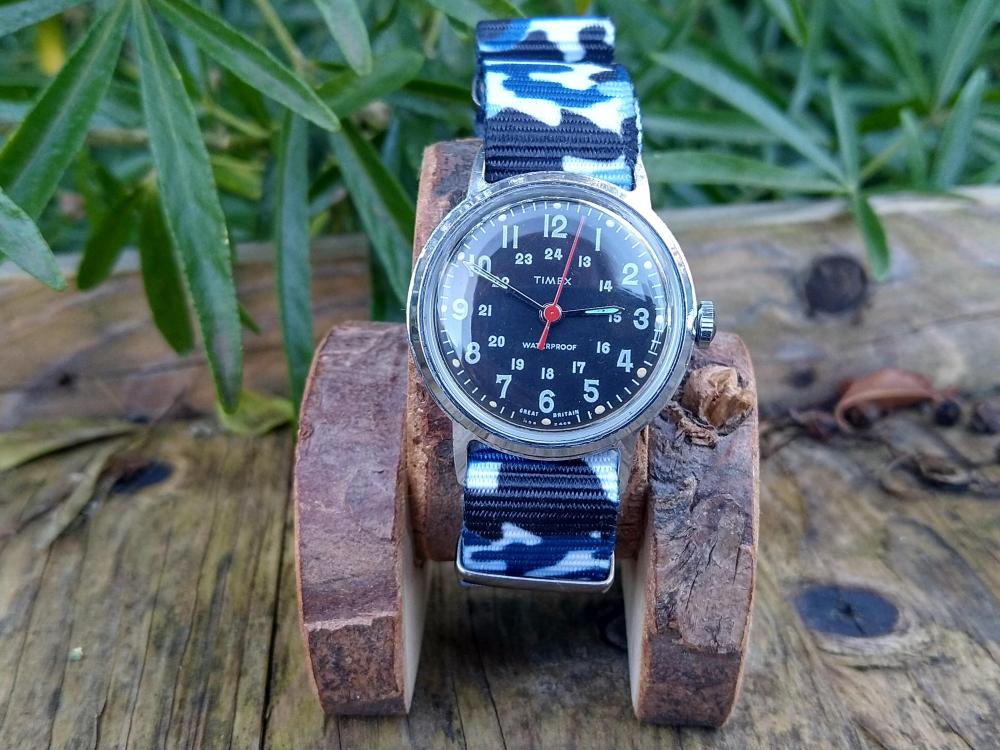
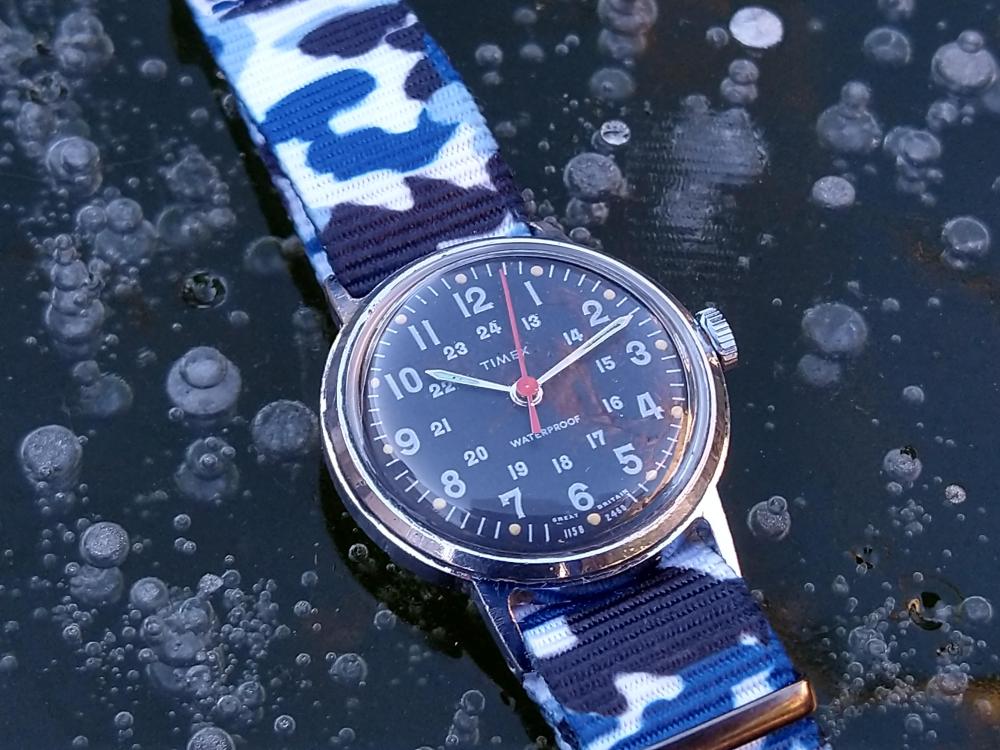
.thumb.jpg.d3a7e26be0a4d9a1ca2e6e176ca26bdf.jpg)